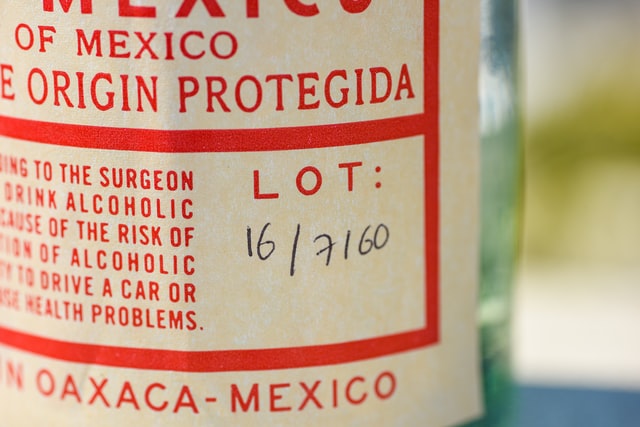Chris Weatherman, Author
Books available at Amazon.com, WalMart, and most bookstores. Signed copies available from www.AngeryAmerican.net
All books are available in in print, Kindle reader, and audio books!
Doctor Prepper interviews Chris Weatherman, aka Angery American on Preparedness Radio.
Can you imagine what a war on our American soil––whether internally- or externally-driven––could do to our personal lives and force us to revert to living without the modern conveniences to which we have become accustomed?
The author of this extensive series of apocalyptic fiction, Chris Weatherman, aka the Angery American, is an accomplished and imaginative author, currently with 6 books in this series. Chris has authored the tremendously popular best-selling Survivalist Series consisting of six titles to date, with a 7th in progress. Beginning with Going Home and following with Surviving Home, Escaping Home, Forsaking Home, Resurrecting Home, and Enforcing Home.
American is a life-long student of survival skills, from urban and suburban settings to far wilder locations. He has honed these skills for decades and has spent a considerable amount of time wandering the woods and waters of the Southeast U.S.
At home in the swamps of the South and the mountains of Appalachia, he also spent a year in North Carolina, honing his skills foraging, hunting, and fishing using primitive methods. After practicing the art of bushcraft for more than 20 years, A. American views himself as a mix between a modern-day prepper and traditional survivalist.
As an avid outdoorsman, traditional bow hunter, and archer, he also has a vast knowledge of wild edibles and natural medicine that could help anyone survive in the wild.
Book Summary
Morgan Carter was introduced as the unlikely hero in the first volume, and he continues to navigate the perils in a post-apocalyptic America. This action-packed series gives a glimpse of what life could be in this country in the event of an EMP style attack.
In the 3rd volume, Escaping Home, Chris continues the imagery of what might occur and what might result from the inequities caused by a major incident of an EMP in our nation.
Morgan Carter has weathered the weeks after the collapse of the nation’s power grid, reuniting with his family and ensuring their safety, but his struggle isn’t over yet. Carter must keep his focus on survival in an increasingly unstable society—but the challenges he faces are beyond his wildest imagination.
Though he is a resourceful, tough-as-nails survivalist who has survived a 250-mile journey across Florida following the collapse of the nation’s power grid, his home town and his own family of a wife and loving daughters are beginning to suffer the effects of the sudden imposition of lack of means to deal with the current crises arising from the loss of electricity.
Everyone seems susceptible to the rigors of lack of supplies, leadership, and hope. Even as bad as things have become, Morgan knows it can only get worse. Though Morgan has been diligently preparing for emergency situations, many of his neighbors are completely unready for the changes wrought by the EMP and the strange new world it has created.
With the help of his closest neighbors and community companions, Morgan fights to keep his own home secure while helping his friends organize their lives. As Morgan is trying to build a community and help them create safety and security for themselves, he discovers shocking information about the state of the nation and how the future is even bleaker than ever imagined!
After the collapse of the nation’s power grid, America is now under martial law––and safety and security are just illusions of the past sanctity of home and property. As the increasing violence erupts around him, Morgan faces one of his toughest decisions yet: whether to stay and defend his home, or move to a more isolated area, and get away from the prying eyes of the new government. He and his family are hesitant to leave their home in the sparsely populated county, but with the increasingly suspicious activities happening in a nearby refugee camp, the signs point towards moving to a safer place. However, Morgan and his friends are not going to leave without a fight––and they’ll do anything to protect their freedoms.
Escaping Home describes the struggle to live in a world with no rules––and how, sometimes, the strength of the family is the only thing that can pull you through when everything has changed!
There is a term for that eventuality: T.E.O.T.W.A.W.K.I.––the end of the earth as we know it!
Perhaps this series will alert the reader to consider becoming prepared—or even getting better prepared––for the uncertain future.
The Survivalist Series tells how the survivors have endured the collapse––but the real test is to determine if they can survive the aftermath…







